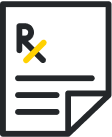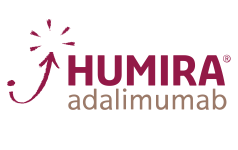WELL-STUDIED
SAFETY
PROFILE
Approved in 9 Indications1
12 YEARS
of clinical trial experience2*

27 CLINICAL TRIALS ACROSS 9
INDICATIONS: RA, PsA, AS, nr-axSpA, pJIA, GCA, AD, UC & CD1,3,4

>15,000
patients in global clinical trials across US‑approved indications, including 2+ years in pJIA and pediatrics 12+ years in AD1,3,4
~6 YEARS
of real-world experience1

OVER 459,000
patients prescribed globally across indications since 20191,5†

>45,000
patient-years of exposure to RINVOQ (15, 30, 45 mg) or RINVOQ LQ (1 mg/mL)3,4
*Clinical experience encompasses the time from first RINVOQ patient dosed in RA clinical trial to present.
†Based on prescription data with RINVOQ in patients with RA, PsA, nr-axSpA, AS, AD, UC, or CD as of December 2024.6
AD=atopic dermatitis; AS=ankylosing spondylitis; CD=Crohn’s disease; GCA=giant cell arteritis; IR=intolerance or inadequate response; nr-axSpA=non-radiographic axial spondyloarthritis; pJIA=polyarticular juvenile idiopathic arthritis; PsA=psoriatic arthritis; RA=rheumatoid arthritis; TNFi=tumor necrosis factor inhibitor; UC=ulcerative colitis.
Please see Important Safety Information, including BOXED WARNING on Serious Infections, Mortality, Malignancies, Major Adverse Cardiovascular Events, and Thrombosis, below.
Learn more about RINVOQ safety in specific conditions
Visit the disease state of interest for details
Safety Profile in
RHEUMATOLOGY
Safety Profile in
DERMATOLOGY
Safety Profile in
GASTROENTEROLOGY
Safety Considerations
Consider the Benefits and Risks for the Individual Patient Prior to Initiating Therapy with RINVOQ



